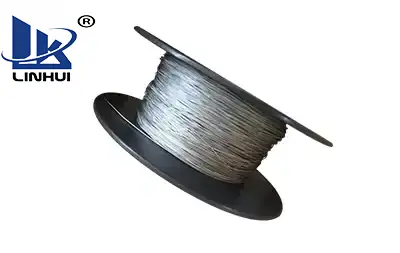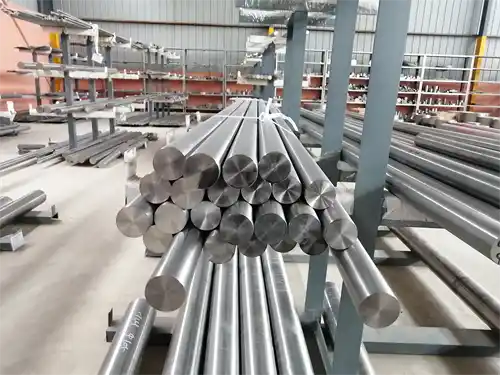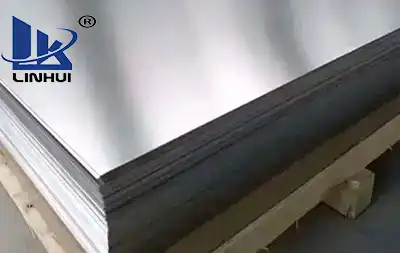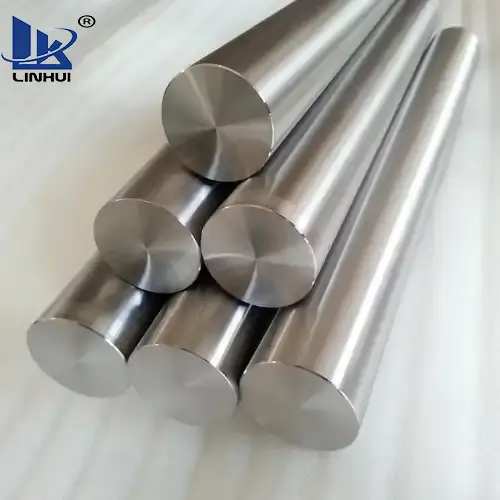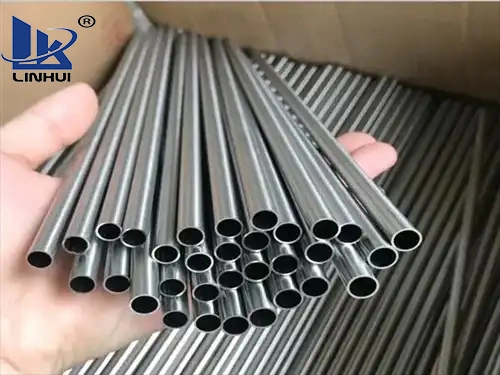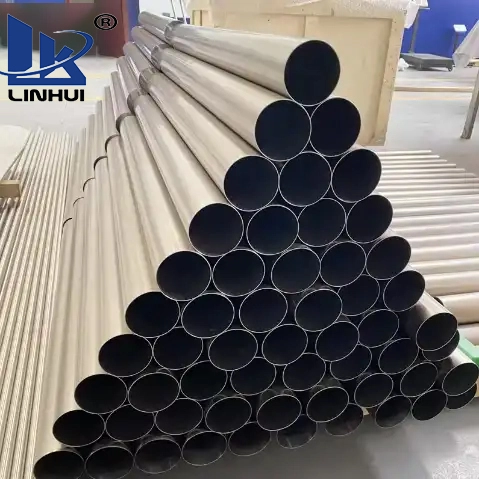As we all know, in the aerospace industry precision machining for the material requirements is very high, of course, one side is to meet the special nature of aviation equipment, but also more importantly because of the aerospace environmental impact. Because of the special environmental impact, of course, the general materials on the market can not meet the needs of the environment, and will inevitably need some special materials to replace them. Today to introduce you to a more commonly used material, that is, titanium alloy, especially in aerospace, which is more common, why is this material used more? That has a certain relationship with its characteristics.
Titanium alloy, its small specific gravity, determined by the small mass, high strength and thermal strength, determined by the hardness and high-temperature resistance, and resistance to seawater and acid and alkali corrosion and a series of excellent physical and mechanical properties, determined by its regardless of the environment can be used, there is another point, the deformation coefficient is very small, so in the aerospace, aviation, shipping, petroleum, chemical, and other industries have been widely used.
Because titanium alloy has the above place which is different from ordinary material, it also decides that it has great difficulty in precision processing, many mechanical processing factories are not willing to process this kind of material and also don't know how to process this kind of material. For this reason, after a long period of communication with some titanium alloy processing customers, we have organized some small tips to share with you!
Because the titanium alloy deformation coefficient is small, the cutting temperature is high, tooltip stress is big, and machining hardening is serious, cause in cutting processing, the tool is easy to wear, collapse edge, cutting processing quality is difficult to guarantee. Then how to do the cutting process?
In Titanium alloy cutting, the cutting force is not large, machining hardening is not serious, easy to get a better surface finish, but titanium alloy thermal conductivity is small, high cutting temperature, tool wear is large, tool durability is low, the tool should be selected with titanium chemical affinity, high thermal conductivity, strength, the small grain size of tungsten cobalt carbide tools, such as YG8, YG3, and other tools. In the process of turning titanium alloy, chip breaking is a difficult problem in processing, especially the processing of pure titanium, in order to achieve the purpose of chip breaking, the cutting part can be sharpened into a full-arc chip roll groove, shallow in front and deep in the back, narrow in front and wide in the back so that the chips can be easily discharged outward so that the chips will not be wrapped around the surface of the workpiece and cause scratches on the surface of the workpiece.
The Titanium alloy cutting deformation coefficient is small, the contact area between the tool and the chip is small, and the cutting temperature is high, in order to reduce the generation of cutting heat, ① the front angle of the turning tool should not be too large, the front angle of the carbide turning tool is generally taken as 5-8 degrees, due to the high hardness of titanium alloy, in order to increase the impact strength of the turning tool, the back angle of the turning tool should not be too large, generally taken as 5 °, in order to strengthen the strength of the tip part, improve the heat dissipation conditions, improve the tool's In order to strengthen the tip part, improve heat dissipation conditions and increase the impact resistance of the tool, a negative edge inclination with a larger absolute value is adopted.
Control a reasonable cutting speed, should not be too fast, and in the process of processing the use of titanium alloy special cutting fluid cooling, can effectively improve the durability of the tool, and select a reasonable amount of feed.
Drilling processing is also more commonly used, titanium alloy drilling is more difficult, often in the process of burning tools and broken drill phenomenon. The main reasons are poor grinding of the drill bit, untimely chip removal, poor cooling, and poor rigidity of the processing system. Depending on the diameter of the drill bit, grind narrow horizontal edge, the width is generally 0.5㎜, in order to reduce the axial force and the vibration caused by the resistance. At the same time, at a distance of 5-8㎜ from the tip of the drill bit, the drill bit edge belt is ground narrowly, leaving about 0.5㎜, which is conducive to the chip discharge of the drill bit. The geometry must be sharpened correctly and the two cutting edges must be kept symmetrical, so as to prevent the drill from cutting only on one side of the cutting edge and the cutting force is all concentrated on one side, which will make the drill wear out prematurely and even cause the chipping phenomenon due to slipping. Always keep the cutting edge sharp. When the cutting edge becomes blunt, stop drilling immediately and resharpen the drill. If you continue to cut by force with a dull drill, the drill will soon be burned and annealed due to friction and high temperature, resulting in the scrapping of the drill. At the same time, the hardened layer of the workpiece will be thickened, making it more difficult to re-drill and resharpen the drill in the future. According to the drilling depth, the length of the drill bit should be shortened as much as possible, and the thickness of the core should be increased to increase the rigidity and prevent the shaking of the drill bit from causing the chipping. It is proved that the drill bit length of φ15 is 150 longer than the life of long 195. So the length selection is also very important.
After the above two commonly used processing to see, titanium alloy processing is also relatively difficult, but after very good processing or can be processed to produce good precision parts, aerospace equipment titanium alloy parts.






